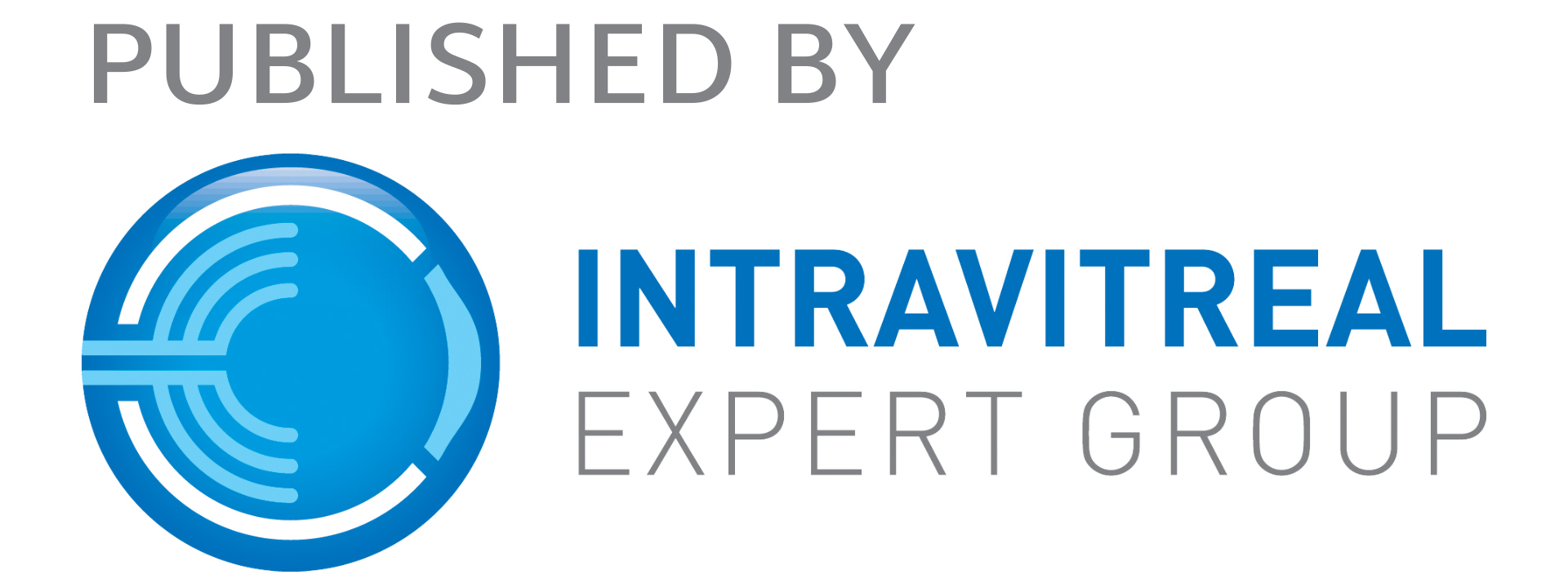
Experts provide guidance for early detection of CNV in the fellow eye in unilateral AMD patients
Preventing progression to bilateral vision loss is critical to the functioning, independence and quality of life of patients
The fellow eye of patients with neovascular AMD (nAMD) in one eye should be frequently monitored to detect signs of the disease as early as possible, according to a paper recently published in Retina by a group of international experts. Regular visits in the clinic, but also home-monitoring, can help avoiding treatment delays that would heavily affect vision, independence, and quality of life.
AMD is intrinsically a bilateral disease, but often only one eye is affected initially. After 4 years, the disease is bilateral in 26.8% of the patients, with some reports suggesting an approximately 10% annual incidence of CNV in the fellow eye. Bilateral loss of vision is associated with worsened functionality and quality of life, loss of independence, difficulties in daily tasks and home accidents. “The rate of falls is twice as high (16% vs. 8%) in patients with bilateral nAMD versus non-AMD patients,” and bilateral nAMD “places a burden on caregivers and family members, with up to 30% of patients requiring assistance with activities of daily living,” the authors noted. Preventing progression to bilateral vision loss is therefore critical to the well-being, functioning and independence of patients, they pointed out.
Based on a literature search and discussion during a consensus meeting, a group of members of the Vision Academy (www.visionacademy.org) provided guidance on best practices for the early detection of nAMD in the fellow eye in patients with unilateral disease.
Monitoring in the clinic and self-monitoring at home
The authors noted that detection of nAMD in the fellow eye is often delayed to the stage in which vision loss has already occurred. This may be because patients are often asymptomatic in the early stages, or may not notice early visual changes due to compensatory brain mechanisms. Some patients – as many as a quarter according to a survey by Varano et al. (doi: 10.1016/j.jval.2014.08.2146) – wait at least 1 month before seeking treatment, in the hope that symptoms might resolve spontaneously, or because they don’t want to be a burden to others. Yet, evidence shows that prompt treatment leads to better visual outcomes and that fellow eyes in which CNV is detected early maintain a better vision than the first-affected eye.
It is therefore important, the authors noted, to explain to the patients that they need regular monitoring and inform them “that early detection of CNV in the fellow eye may lead to improvements in long-term visual outcomes.”
Modalities for early detection of nAMD range from the classic Amsler grid and VA testing to multimodal imaging. Home monitoring may more and more become an option thanks to smartphone-based visual acuity testing applications and imaging software. Other applications available or in development for tablets allow for measurement of contrast sensitivity and luminance thresholds, although a learning curve for the use of these testing methods is necessary. The current advancements in OCT technology are also going in the direction of developing home OCT devices, which are likely to become the standard of home monitoring for nAMD in the near future.
“Patients should be educated on how to self-monitor their vision and their eyes frequently for signs of disease occurrence, as this will provide the best opportunities for early detection. Ideally, patients should make this part of their weekly routine,” the authors wrote. “In countries where home-based technologies are marketed, these should be recommended as appropriate for the patient’s overall health status and abilities.”
Four key points
As a conclusion to their research and discussion, the authors produced four key recommendations for the monitoring of the fellow eye in patients with unilateral disease.
- “Monitoring of the fellow eye should be standard of care,” and patients should be educated to cooperate by recognizing and reporting symptoms.
- Examination of the fellow eye should be performed every 3 to 4 months.
- Visual testing, multimodal imaging including OCT and OCT-A, and fluorescein angiography in indicated, should be used for monitoring and to guide treatment decisions.
- Patients should be educated to self-monitoring vision using charts and the available home-based technologies.
Reference:
Wong TY, Lanzetta P, Bandello F, Eldem B, Navarro R, Lövestam-Adrian M, Loewenstein A. CURRENT CONCEPTS AND MODALITIES FOR MONITORING THE FELLOW EYE IN NEOVASCULAR AGE-RELATED MACULAR DEGENERATION: An Expert Panel Consensus. Retina. 2020 Feb 4. doi: 10.1097/IAE.0000000000002768.